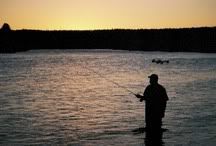 Here is some beach art we found on display as we searched just past the 3-mile cut.
Here is some beach art we found on display as we searched just past the 3-mile cut. This starnut palm had a beetle inside it. The egg gets deposited and the larva develops inside the nut. He had a perfect circle trap door and was a tight fit for the mature palm weevil.
This starnut palm had a beetle inside it. The egg gets deposited and the larva develops inside the nut. He had a perfect circle trap door and was a tight fit for the mature palm weevil. Not a bad bunch of beans.
Not a bad bunch of beans. This is my first manchinel or beach apple.
This is my first manchinel or beach apple.Dense thickets of manchineel trees, growing along the coasts of tropical islands in the Caribbean Sea and along the Atlantic and Pacific coasts of Central America and northern South America, produce crabapplelike fruits that drift to our shores. The outer skin erodes quickly in the ocean to expose a corky fruit layer. When the corky layer erodes or is removed, a sculptured seed pod, highly prized by collectors, is exposed. All parts of the machineel tree are extremely poisonous, with the poison concentrated in a milky juice. Contact with the juice will blister the skin, but fortunately none remains in the fruit by the time it makes its journey to Texas.
 This is another unknown bean and a first find. It most resembles an ivory nut palm but isn't exactly like the one I found before.
This is another unknown bean and a first find. It most resembles an ivory nut palm but isn't exactly like the one I found before.

No comments:
Post a Comment